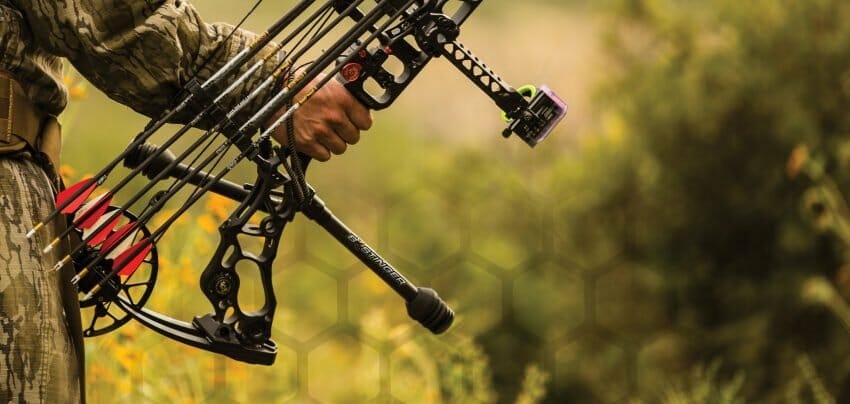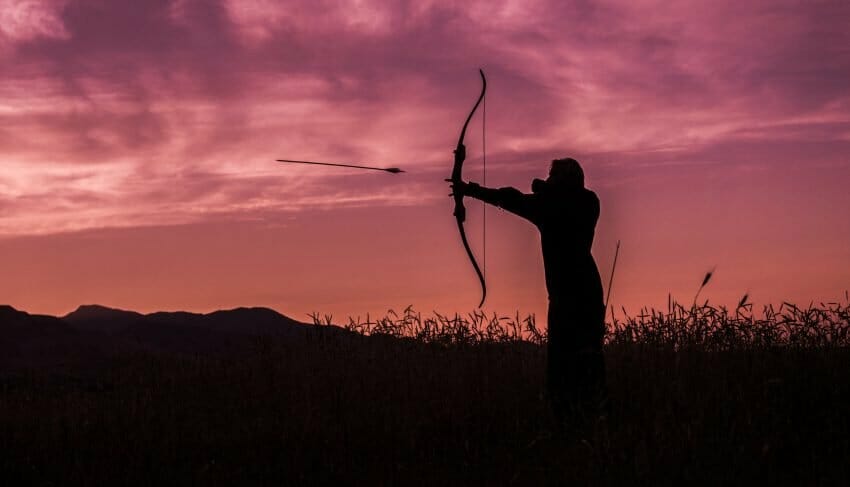
Author Bio: I am John Lewis, a blogger, survivalist and outdoor enthusiast. You can follow me over at Epic Wilderness by clicking this link.
INTRODUCTION

Shooting an arrow right on point requires a lot of skill. Having the right equipment is ideal, putting you in the best position for shooting accurately. As an experienced hunter, you know which is the best arrow rest and right bow sight for you. However, most hunters would not put a lot of effort in choosing the best stabilizer.
Bow stabilizers can perform several functions which can give you an edge in shooting accurately.
They can absorb vibrations, make your shots more consistent and have noise reduction qualities which is really important for hunting! After understanding the benefits a bow stabilizer can bring you, you can start exploring several important aspects which you should look out for in a bow stabilizer.
Tip 1: Choosing the perfect length and weight
In the market, bow stabilizers come in many different sizes and weight. You have to understand the different uses for each size, for different bow types. Also, your physical condition such as how much strength you can put into each shot and the quality of your bow should be taken into consideration.
Usually, professional target archers would use longer and heavier bow stabilizers because it can allow them to shoot more accurately and consistently. This is usually more apparent when you do long-distance shooting.
However, if you are bringing your bow stabilizer along on your hunting trip it is advisable to choose one which has a manageable weight for you. You may be carrying your bow for hours and travelling long distances when you hunt. Therefore, going for short and light stabilizers may be more effective in such a situation.
Look out for a shop which allows you to test run different stabilizers so that you can find out which of the stabilizers fit you most in a certain situation. Usually, stabilizers would weigh between 4 to 10 ounces. For hunters, it would be wise to go for stabilizers with a length of 6 to 8 inches.

Tip 2: Make sure your stabilizer is made from the right stuff
Usually, stabilizers are made from metal, plastic, rubber or a combination of these materials. These are often present either inside or outside your stabilizer. The material that you choose would affect your shooting performance in different ways.
More often than not, this material is placed away at the end of the stabilizer, which is the part that attaches to the bow. This is done to optimize the stabilizer’s noise and vibration dampening qualities.
Bow stabilizers should be manufactured in a way where the heaviest part of the stabilizer is at the front of the sound and vibration dampening area. Since the weight is further away from your bow, you would be able to be more stable holding it. You would only be able to shoot accurately if you can maintain your balance when you shoot.
Tip 3: Adjustability of your stabilizer
The cheaper stabilizers usually involve a simple screw on the front on the bow without any other features. For more expensive stabilizers, they usually come with features which allow the user to customize the weight and balance of the stabilizer.
Such features can include having rear stabilizers or side bars which is helpful in offsetting the weight from other accessories equipped on your bow such as your bow sights. The option of customizing your bow stabilizer would be really beneficial if you know how to do it well.

Tip 4: Check out the dampener
Dampeners are important for reducing the vibration that are present on your bow. By reducing the amount of vibration, the noise and shock that comes with it would automatically reduce as well. Usually, dampeners are made from rubber, which is a good material for absorbing shock and vibration.
Usually, dampeners are made from rubber, sand or gel which are known to be great shock and vibration absorber. Since the amount of vibration decreased, your shots would naturally be more consistent and accurate.
Conclusion
By understanding these tips, you are all set to pick the most suitable stabilizer. After picking a stabilizer, you can start exploring how it can help make your shots consistent and accurate! You can put yourself in different situations, such as shooting out in the open when it’s raining or when it’s windy.
Don’t forget your archery form too! There is no shortcut to being a respected archer but practice, practice and practice. However, knowledge do play a vital role as well! If you have any other tips or ideas you want to share, feel free to do so below.
Article Written By; John Lewis







